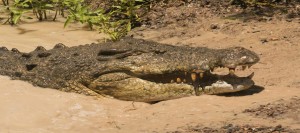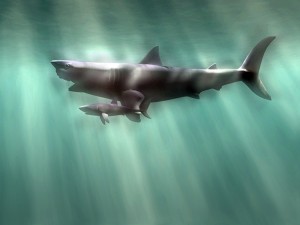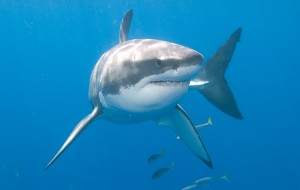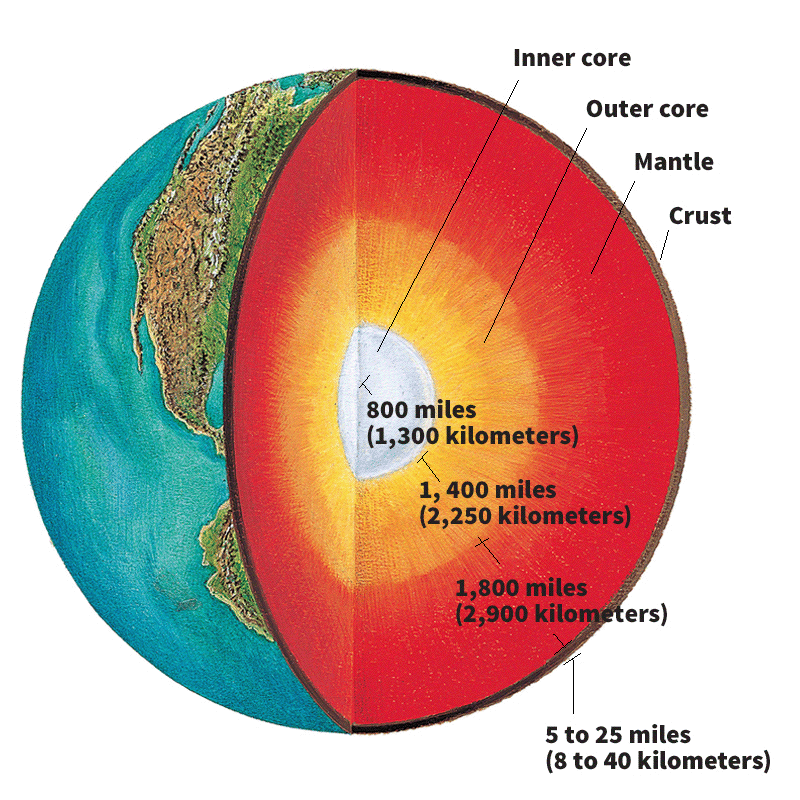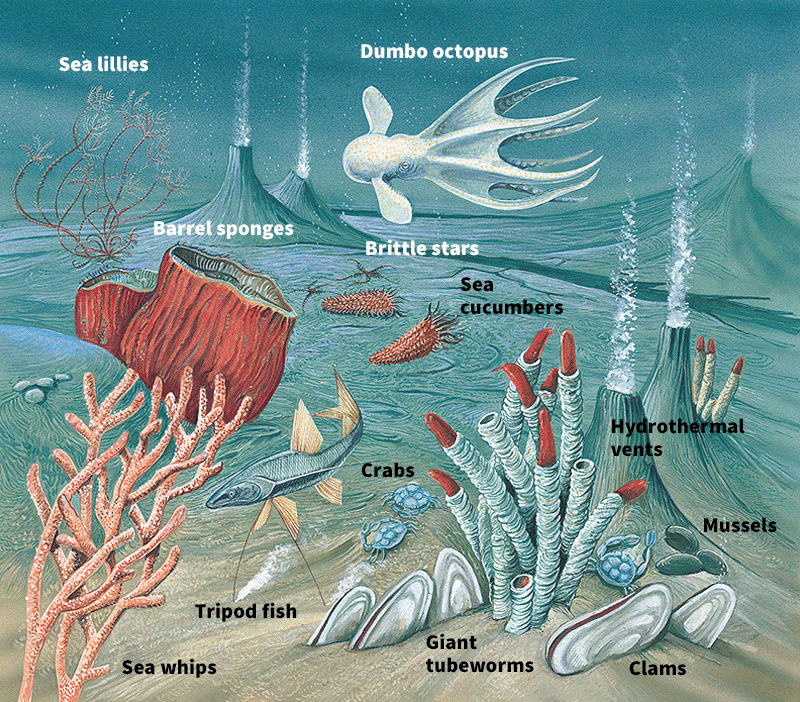Creature Feature: the Saltwater Crocodile
Friday, November 17th, 2023October 21 is a special day for our scaly friends. Slithering black mambas, majestic leatherback sea turtles, and itty bitty nano-chameleons (just discovered in 2021) step into the spotlight for National Reptile Awareness Day in the United States.
The saltwater crocodile is the largest living reptile and one of the most fearsome predators (hunting animals) on Earth. Adults can reach lengths of 23 feet (7 meters) and weights of over 1 ton (0.9 metric tons). Saltwater crocodiles live on the coasts of northern Australia and Southeast Asia, and on the islands between. The saltwater crocodile is also called the estuarine crocodile and the Indo-Pacific crocodile. In Australia, it is informally called the “saltie.”
The saltwater crocodile has a long, low, sausage-shaped body; short legs; and a long, powerful tail, which it uses to swim. It also has a tough hide, a long snout, and sharp teeth to grasp its prey.
A saltwater crocodile’s diet depends greatly on its age and size. Young individuals eat crustaceans, insects, rats, and small fish. As saltwater crocodiles grow, they take increasingly larger prey, including sharks and water buffalo. Large adults may attack humans if an opportunity presents itself.
Unlike other crocodiles and alligators, saltwater crocodiles swim in the open ocean. They have occasionally been seen swimming far from shore, apparently moving between islands. Saltwater crocodiles are often found in brackish (salty) pools and estuaries, coastal river valleys flooded by the ocean. They can also live in fresh waters, however, including rivers and swamps.
Saltwater crocodiles reproduce during the rainy season. A female saltwater crocodile lays about 50 eggs in a nest of rotting vegetation. The mother may protect the nest from predators. The eggs hatch in about three months. Hatchlings are about 1 foot (30 centimeters) long at birth. The mother carries the hatchlings from the nest to open water to protect them from land predators.
Male saltwater crocodiles grow larger than females. Males reach an average length of about 16 feet (5 meters). Females typically grow to about 11 1/2 feet (3.5 meters) in length.
Adult saltwater crocodiles have one of the strongest bites in the animal kingdom. They can close their jaws with approximately 3,700 pounds per square inch (16,500 newtons) of force. In contrast, human bite force is only about 200 pounds per square inch (900 newtons).
Because they present a danger to humans, saltwater crocodiles are sometimes feared and hated by people. In northern Australia, they were hunted almost to extinction before a 1970 hunting ban enabled populations to recover. Like most other crocodiles, saltwater crocodiles are threatened by hunting, invasive species, habitat destruction, and pollution. Governments across the saltwater crocodile’s range work to educate people on how to avoid attacks.

